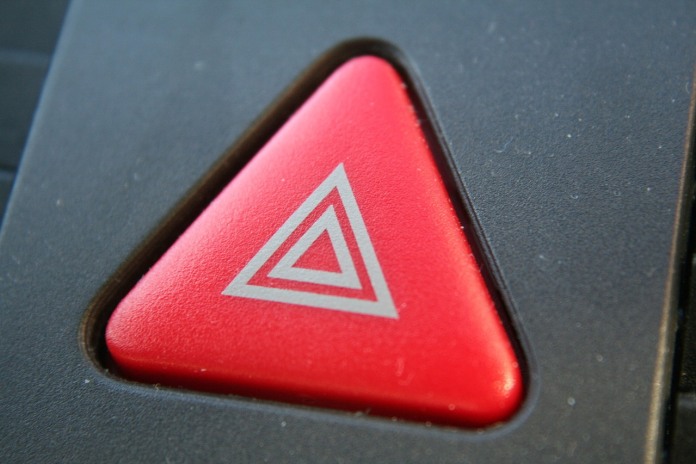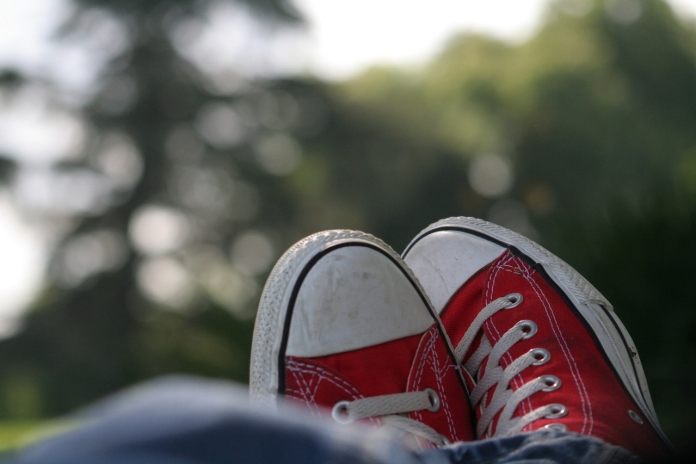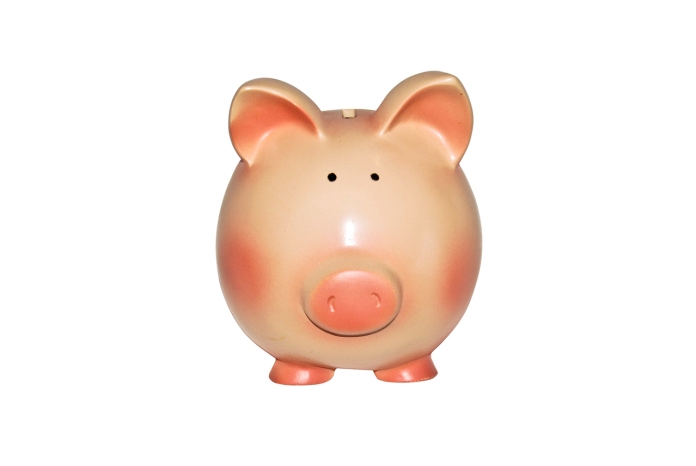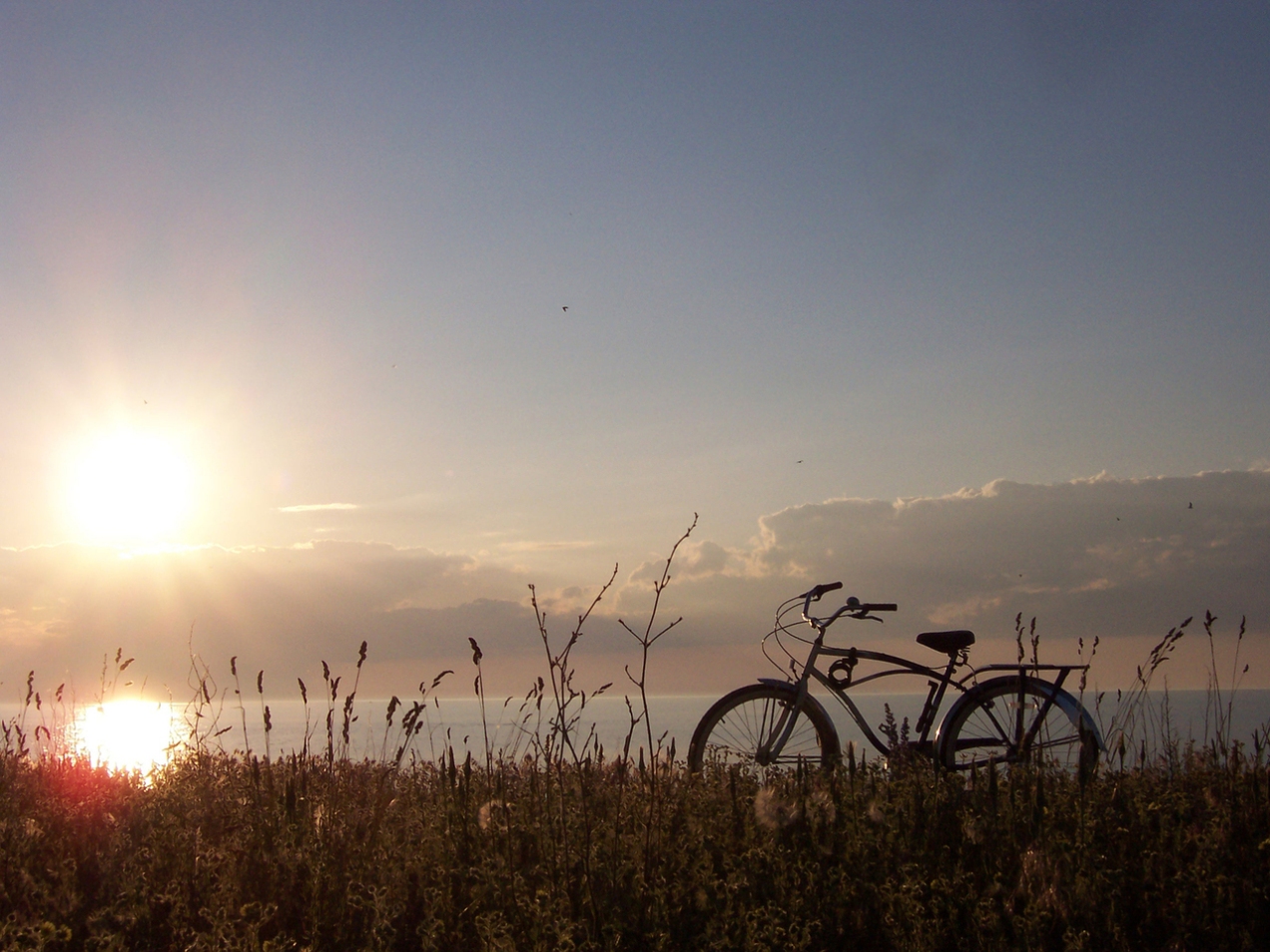Welcome back!
In the last article I showed you my take on how you can use walking for exercise, including tips on preparation, how to find where you can walk, mobile apps to assist you and what to do with the calorie count you’ve expended. This time we’re looking at cycling and what the ‘bank’ in Bank Diet is all about. I was going to include information on Strava but this is now going to be in the next article.
Cycling
If you want to go a little further with your exercise as part of a calorie controlled diet, cycling will allow this, but how do you start? Is it simply a case of dusting off the bike and taking to the roads?

It all depends to start off, with whether you have a bike. If so, half your decisions are already made for you.
If you have a mountain bike or MTB for general riding, you can do road and forest, though your speed on the road will be compromised because of the weight of the bike. Saying this, MTBs are not standard and vary greatly on gearing and width and tread of tyres. Optimum tyres in a forest are wide with a lot of tread, which gives better handling in slippery conditions.
These are not however good for the road because they use greater surface area and slow you down since more of your bike is in contact with the road.
If you have a racing bike, odds are that you are already using it on the road. If you’re dusting it off, you’ll no doubt already be aware that it is ill fitted to forests because of its gearing, handlebars and thin tyres.

If you are lucky enough to own a hybrid bike you can do both forest and road without too many disadvantages, but you’ll miss out the better performance of road or MTB bike in their favoured environments of road and forest respectively.
If you don’t own a bike, how do you go about getting hold of one?
Unless you know the exact specifications of the bike that you need or have enlisted the aid of a bike fitting service, I’d say that you’re better off going to a cycle store as opposed to ordering online. The cycle store staff will be able to assist in selecting a bike type and size to match your requirements, and if you have problems, you can take the bike back and show them in person what is wrong.
One thing chain stores don’t tell you is that there are specific times of the year when prices dramatically drop. I am talking by 60%, where they need to clear last season’s stock in anticipation of next year’s bikes. (Bikes are like the current season’s shirts in premier league – they go out of fashion and sometimes only because they’ve changed the colour or there’s been some equally inconsequential change which fanatics cannot do without). I bought my Boardman bike for 60% of the standard price and got £100 of free goods as well, so it pays to pick your time.
Also … If you’re buying from Halfords or Chain Reaction Cycles, join British Cycling first! Their membership card or proof of membership will get you 10% off ALL prices in store, not just cycles and equipment, along with:
- Liability insurance and legal support (Race Gold, Silver & Ride) for daily cycling
- Get 10% off purchases at Chain Reaction Cycles
- Discounted bike insurance
- Priority access to tickets for major cycling events
- Save 10% with Direct Debit
Gear
This is down to personal choice of course but I’d recommend that you try to wear light or reflective clothing, or at least a reflective bib. This may seem overkill but motorists simply don’t see you until the last moment. Just about the only thing that motorists easily see on their side of the road is a parked car. I read somewhere that motorcyclists are involved in head on collisions more often than cars because drivers are not looking for something the width of a motorbike, despite bibs and headlight. From my experience it really isn’t that different for drivers coming up behind a cyclist so the more visibility you can create the better.
If you buy a racing bike, I’d advise that you buy racing bike clothing, both to stop trouser material ending up in the crank, and because it will make you feel more comfortable from the perspective of having breathable material which will cool you down efficiently and because you will look and feel like a race bike rider, which if you don’t use the race bike to commute to the shops and work, is what you now are.
If you’re riding a mountain or Hybrid, and don’t have narrow legging trousers, I’d recommend using a bicycle clip (at least on the right hand side).
Lights

Ok its daylight – what do I need lights for? The lights aren’t for you to see but for others to see you. The more high intensity the better. My front lights put out 150 lumen (measure of the total quantity of visible light) which is about 1/2 of that of a car headlight. (I have these for forest riding in the evening, and its like daylight). You don’t have to go to these lengths, but the more costly the lights, usually the higher lumen they are and the better you will be seen. In daylight use both front and back lights in flashing mode if they have it. Try to lower the lights so that they aren’t shining directly at opposing direction car drivers.
If you have lights on (flashing during the day) it also means that there’s less chance that opposing drivers will try to overtake a vehicle coming towards you, forcing you in to the side of the road.
What to carry with you
You should carry as a minimum:
- Water or other drink.
In case of puncture:
- A pump.
- A spare tube. (Its far easier to fit a replacement tube than to try to fix a puncture on the side of the road).
- Tyre irons or levers. (To prise the cycle tyre off of the rim to let you get to the inner tube.
Optionally:
- Spare clip lights in case your light’s power source runs out.
A gas kit. If you don’t fancy all the pumping (especially to get race bike tyres up to 100 psi). - A mobile phone with map app downloaded or an O/S.
- Chocolate or sweets in case you get really tired.
- Waterproof jacket and trousers. (The ones that bundle up to take up no space at all).
- Either a backpack or a small carry bag on the bike. I’m not talking a saddlebag here – more small bag which fits below the seat, or a triangle bag which fits below the stem.
- A small first aid kit. (it might not be you that needs it).
Road Safety

It is inevitable that you’ll have car drivers pass to close. Its unlikely that they’re going to hit you but it is unnerving when they get really close. I’ve found that flashing high visibility rear lights help, but what makes a difference is carrying a camera, e.g. a Go Pro.
If you have a camera, mount it so that it is facing rearward. Drivers behind can see the red running light and will work out that you have a camera, and are slightly more likely to treat you considerately when passing. Also, if they have managed to hit you or your bike a forward facing camera won’t pick this up – only what happens afterwards, so your ability to provide corroborating evidence to the Police and insurance companies is compromised.
I actually found by happy accident (when I couldn’t find my Go Pro) that all you need to get passing traffic to give you more room is a camera sticker – similar to the ones you see a few hundred yards before speed cameras. You don’t need to have a Go Pro on you at the time – the sticker is enough because drivers don’t know you don’t have a camera and they have become conditioned to pay attention when they see the camera sign. You put the sticker (which you can get off of Amazon or Ebay) on the back of your backpack or jacket).
In the country, if you’re turning a left bend, ride slightly further out in the road than normal. Following motorists will spot you quicker as they follow you in to the turn.
Be especially careful on dual carriageways. If you can avoid them do so. Your visibility to fast moving traffic is considerably reduced, especially during the day and at rush hour.
On other roads, if you’re turning right and it looks like you’ll probably have to wait for oncoming traffic, its better to pull over to the left and walk or ride across when traffic is clear from both directions. You may be in the right as far as the highway code goes, in positioning yourself in the extreme right of your lane, but its dangerous (for you) to stop there and its no consolation if following traffic doesn’t see you in time. Better to wait until the road’s clear and get to your destination late than not get there.
From my experience the fact that you’re in the middle of the road can exasperate drivers behind you, even though its perfectly legal, even though ordinarily they’d have no second thoughts about flying past you when you’re taking up the same space on the left hand side of the road.
Cleats
If you decide to take up cycling more seriously as a training tool, you might want to invest in a pair of cleat shoes and pedals. Basically, the shoes and pedals have a connecting apparatus which you click in similar to skies. They’re really odd to get used to but you get 30% more drive when you’re pedalling so they’re well worth it. I bought cleat shoes and then fitted full cleats to my racing bike and half cleats to my MTB. Half cleats have the cleat on one pedal and normal pedal on the other side. When I was learning to use cleats it gave me flexibility on whether to use cleat shoes or trainers on runs out. Do remember to disengage at least one foot at traffic lights. I thankfully haven’t done this but I have seen riders fall over when they forget.

One advantage of cleats that I wasn’t aware of is that you can get extra drive off of them when you’re going uphill, by slightly lifting your feet off of the pedals. You’re still connected, but it concentrates power on the downstrokes. I haven’t found the technique works on the level or when going downhill. If you’ve never tried this, have a go – you’ll be amazed at the difference it makes. If anyone else has come across this I’d be interested to hear what your experience of it was like.
If you’re using cleats on an MTB, and you ride in the forest, you may them difficult to get used to, especially when disconnecting for obstacles and tricky ascents. I’ve found it was better to preempt these by disconnecting well before, otherwise you’ll be off the bike before you know it, and its all the more agonising when you feel yourself falling and it takes ages, because there’s nothing you can do but look forward to hitting the deck.
Measuring your time on the bike

I use Strava to measure distance covered and calories consumed. It is downloadable on Android and there’s information here on the Iphone equivalent which you can download off of their App Store.
If you don’t have a mobile phone that will allow you to use these apps, an alternative is to count 35 calories for every mile cycled. E.g. An 11 mile cycle will have used (roughly) 385 calories. Apps like Strava assess calories consumed more accurately because they take advantage of your GPS to give both accurate distance and climb and descent information, for a 2 dimensional perspective. There’s more in the next article on Strava).
When you’ve finished

Relax, put your feet up, have a cup of tea etc and then establish how many calories you’ve burn’t by cycling. When you have the figure, add this to your allowed calories. You wouldn’t expect to run your car without adding fuel and you’re just the same. You have to pay (in calories) for that exercise. The nice bit about the paying in this case is that you get a bunch of calories that you can add back into your diet. Don’t worry – the diet will still work – you’ve used the energy already and now you’re putting it back.
e..g If you have a calorie limit of 1800, and have cycled 10 miles, you’d add roughly 350 calories which then gives you a new limit of 2150 calories. Don’t forget to take off any snacks you’ve consumed while cycling.
The ‘Bank’ in ‘Bank Diet’

Ok, I called these slimming guidelines ‘The Bank Diet’ because using these techniques, you can add calories from exercise in to your limit, and either consume more calories to cover what you’ve expended, or bank the calories for the next day.
As an example, say you ride 10 miles which will consume roughly 350 calories.
Now you have a choice, either add the 350 in to your limit, so if your limit is 1800, this would become 2150, or you can take the 350 and add it to tomorrow’s limit. A third alternative is that you don’t add the calories and consume 350 less calories that day, but I wouldn’t recommend it – I did try this and found that I became hungrier as a result.
As with all banks, you can go overdrawn – say your limit is 1800 and you eat 2000. You can accommodate this by subtracting the ‘overdraft’ from your following day’s limit, so in this example, this would mean that the following day you eat only 1600 calories.
It really is down to you because everyone’s bodies work differently, but you may find that ‘banking’ will give you more flexibility with your diet. If you know that you’re not going to be able to calorie count the following day, try banking some calories in preparation – if you can do this off of calories consumed by exercise, this won’t affect your (current) day’s limit.
Next time
What its like to use Strava to measure your cycling activity, how to find cycling clubs and places to cycle, and lastly Sportives – what they are, how you enter and what they’re like to take part in.
If you’ve liked this article please click follow so that you don’t miss out on the next one.
Happy slimming!
Ian.

Great cycling tips.
Thanks for sharing.
LikeLike
Thanks Bill. Hoping it helps people taking up riding as exercise, but I’ve also added tips from my general cycling experience from my newbie racing bike cycling over the last year and a half.
LikeLike